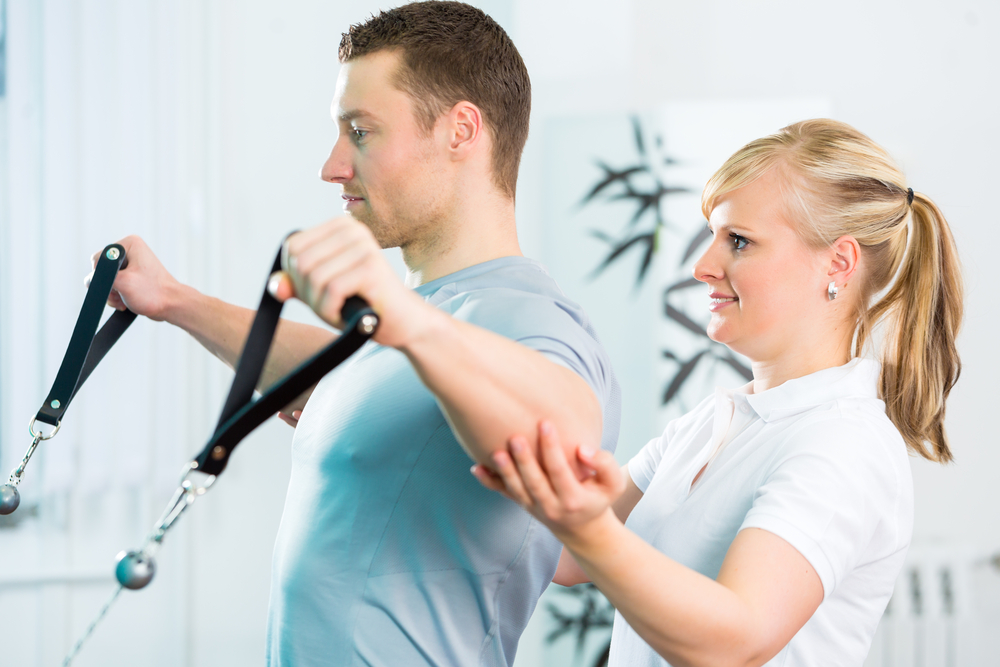Despite Functional Limitations, Few CMT Patients Receive Physical and Occupational Therapy

Most people with Charcot-Marie-Tooth (CMT) disease do not receive physical or occupational therapy, despite having extensive problems with physical functioning that limit mobility and quality of life, according to a report presented at the American Association of Neuromuscular & Electrodiagnostic Medicine (AANEM) Annual Meeting in Phoenix, Arizona, held Sept. 13–16.
The data comes from an online survey by the Hereditary Neuropathy Foundation to map the extent and impact of patient-reported symptoms.
At the meeting, James Nussbaum and Allison Moore presented preliminary results from the survey in a talk titled, “A Critical Need For Physical and Occupational Therapy in Patients With Charcot Marie Tooth Peripheral Neuropathy: Preliminary Results of an Online Survey.”
As of June 2017, 1,747 people had responded to the survey, of which 88.9% were CMT patients. The others were family members of CMT patients and caregivers.
Nearly all participants reported that they had fallen several times per month, with an average of two or more falls to the ground each month.
Additionally, 88% stated that they have difficulties walking long distances. And 83% said that they have problems climbing or descending stairs. Other limitations included difficulties maintaining balance, which affected 92% of respondents, and problems with standing for long periods, which 82% of respondents reported as problematic. A slightly smaller percentage, 67%, had difficulties getting up from a chair or from the ground.
Most respondents also reported hand and ankle weakness and fatigue.
With such high levels of physical disability, researchers were surprised to learn that only 26.2% of survey respondents said they use an orthosis, or assistive device. Fewer than that said they receive occupational or physical therapy.
Among the respondents, 5% stated that they are enrolled in an occupational therapy program, and fewer than 20% received physical therapy.
Research indicates that for most conditions involving physical limitations, occupational and physical therapy can both assess and treat limitations in strength, mobility, and balance. Yet, healthcare practitioners involved in CMT care appear not to have considered such therapy for CMT patients.
In addition to improving physical function and, hence, quality of life among CMT patients, making physical and occupational therapy available to CMT patients could also be beneficial for research by documenting baseline disability and benefits of the therapy.





